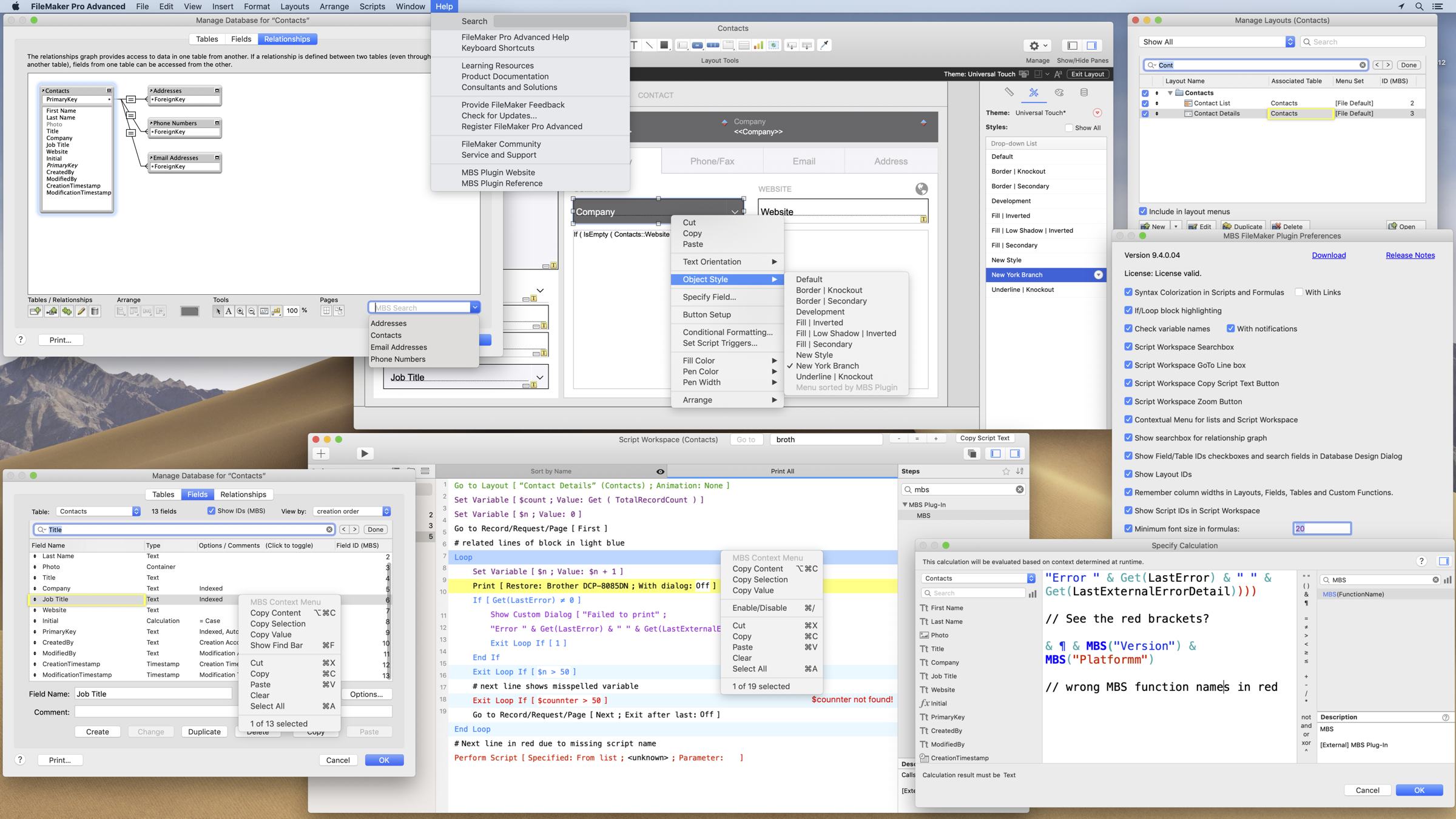


I would have preferred an obvious way to jump to layout editing even when in table view. Specifically, when I was in a table view, the “modify” button offered access to just a few change options I needed to be in a list or form view to see the “edit layout” button and inspector access. It can be a bit confusing finding the inspector panel if you’re in a table layout, since it isn’t readily available. A new feature in version 11 is the “inspector” panel, which offers a single place to tweak layout, structure and field behavior. Once you’ve set up your tables and imported your data, you can edit both the structure and appearance of your database in several ways. This is helpful if you’re unfamiliar with the interface it can be turned off if you are. The opening QuickStart screen is straightforward enough, letting you create a new database from scratch, from a template or by importing via another file. FileMaker Pro 11 adds several more features such as charting, “recurring import” to automatically update a database from an Excel or text file and a “Quick Find” search box. Version 10 had already improved on previous versions, including saved searches, triggers that launch scripts based on certain events, and a major revamp of the interface. FileMaker Pro 11 lists for $299 or $179 to upgrade from previous versions.

And while I’ve largely turned to online database apps, notably Zoho Creator, it becomes frustrating when I try to do more complex work, such as querying multiple tables or setting up sophisticated many-to-many relationships, or customizing data view layouts.Īs a result, when I heard about the introduction of FileMaker Pro 11, it seemed time at last to take FileMaker out for a spin. Yet while I’m most comfortable with the database I learned on - MySQL - I don’t work with it often enough to feel confident writing complex SQL commands. Having parsed and plotted three years worth of pedestrian accident data from my town just because the info was available, it’s fair to say I’m somewhat of a data geek.


 0 kommentar(er)
0 kommentar(er)
